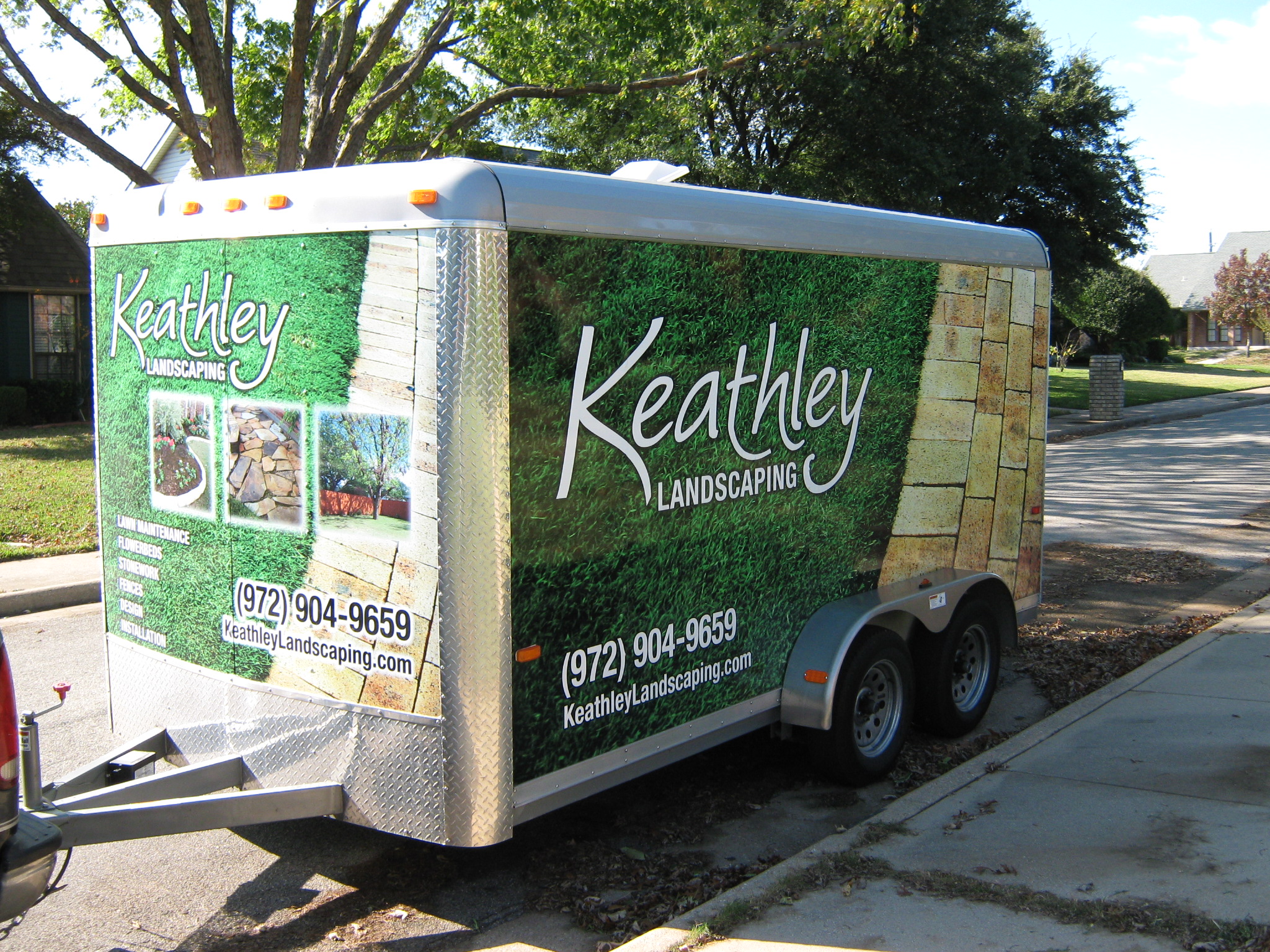French Drains: Myths and Facts
French drains have been a popular solution for drainage issues for years, yet there are numerous misconceptions surrounding them. Whether you’re a homeowner dealing with a soggy yard or simply curious about drainage systems, let’s dive into the myths and facts about French drains. 🌧️
Table of Contents
1. Introduction
2. Myth 1: French Drains Are Complicated to Install
3. Myth 2: French Drains Only Work in Wet Climates
4. Fact 1: French Drains Redirect Water Effectively
5. Fact 2: French Drains Require Maintenance
6. Conclusion
7. FAQs
Introduction
French drains are often the unsung heroes of landscaping. They quietly and efficiently redirect water away from homes, protecting foundations and keeping properties dry. However, with so much misinformation out there, it can be hard to know what to believe. Let’s separate fact from fiction! 🏡
Myth 1: French Drains Are Complicated to Install
This is a common misconception. While it’s true that installation requires some digging and planning, the basics of a French drain are pretty straightforward. A trench is dug and filled with gravel or rock, containing a perforated pipe that redirects water away from the problem area. With the right tools and a little research, many homeowners find they can tackle this project over a weekend! 🛠️
Myth 2: French Drains Only Work in Wet Climates
Not true! While they are particularly useful in areas with heavy rainfall, French drains can be beneficial anywhere water tends to pool. Even in drier climates, sudden downpours or poor soil drainage can create problems that French drains are designed to solve. So, if you notice water pooling around your home, a French drain might be a wise investment, no matter where you live. 🌍
Fact 1: French Drains Redirect Water Effectively
One of the most significant advantages of French drains is their ability to redirect water effectively. By channeling water away from your home’s foundation and other vulnerable areas, they help prevent water damage, erosion, and even basement flooding. Think of them as a moat, but instead of keeping invaders out, they keep water at bay! 🚰
Fact 2: French Drains Require Maintenance
Like most things in life, French drains need a bit of care to keep functioning properly. Over time, the gravel can become clogged with dirt and debris, reducing the drain’s effectiveness. It’s important to check your drain periodically and clear out any blockages to ensure it continues to do its job. Regular maintenance might be a small price to pay for keeping your home safe and dry! 🧹
Conclusion
French drains are a versatile and effective solution for managing water around your property. By dispelling myths and understanding the facts, you can make an informed decision on whether a French drain is right for your needs. Remember, a little knowledge can go a long way in protecting your home from water damage! 💧
FAQs
1. Do French drains work in all soil types?
Yes, French drains can work in various soil types, but they are most effective in soils that drain well. In heavy clay soils, additional measures might be necessary for optimal performance.
2. How deep should a French drain be?
The depth of a French drain can vary based on the specific drainage needs, but generally, they are installed 18 to 24 inches deep.
3. Can I install a French drain myself?
Absolutely! With the right tools and some research, many homeowners successfully install French drains themselves. However, for more complicated situations, consulting a professional might be beneficial.
4. How long do French drains last?
With proper installation and maintenance, a French drain can last up to 30 years, making it a long-term solution for water management.
5. Are French drains visible in my yard?
Typically, French drains are hidden beneath the surface, so they won’t interfere with the aesthetics of your landscaping. Once installed, you can cover them with soil or sod. 🌿






































Recent Comments